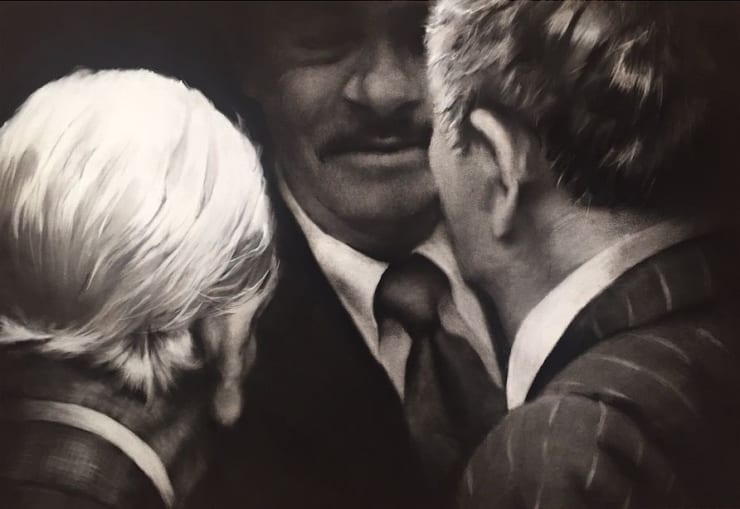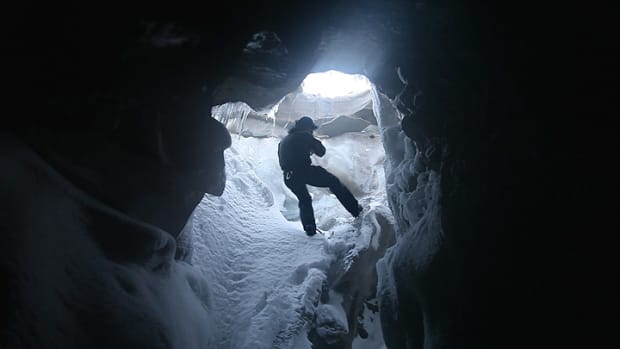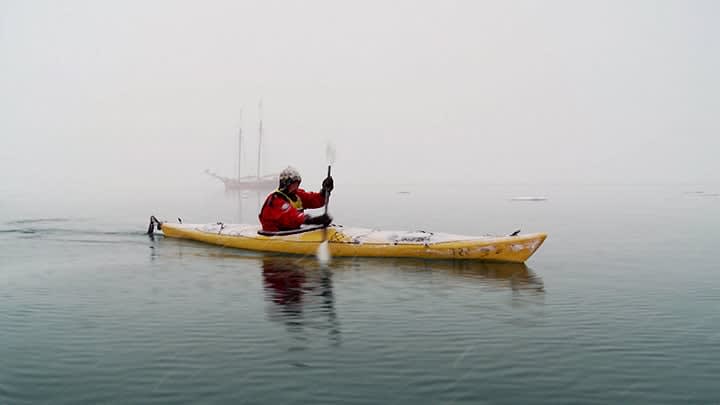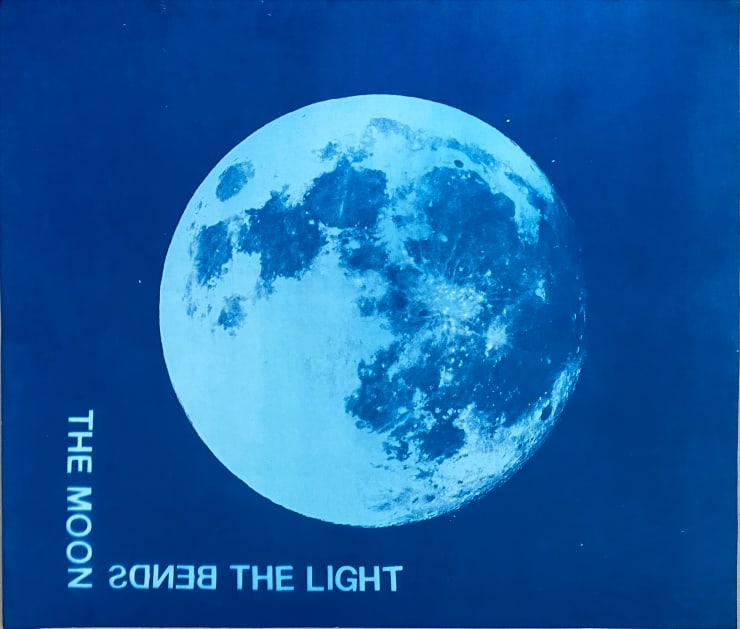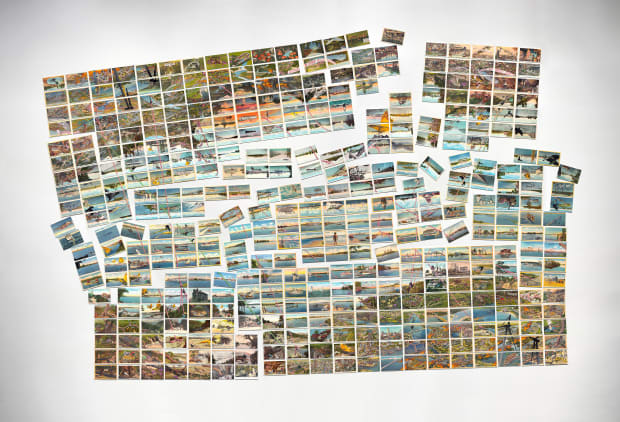-
Someday, All This, 2021
-
Featuring Melanie Baker, Janet Biggs, François Bucher, peter campus, Malia Jensen, Joan Linder, and David Opdyke.
Unsustainable is an online viewing room showcasing artworks that address social, political, and historical issues related to climate change. From Melanie Baker’s charcoal drawings of power plant emissions to Janet Biggs’ videos of individuals in extreme landscapes, each artist adds a distinct voice to the debate surrounding our current environmental crises. Other works included are François Bucher’s acrylic light boxes made with PET plastic and polarized film, peter campus’ dredger-filled seascapes, Malia Jensen’s naturally deteriorated salt sculptures, Joan Linder’s replicas of Amazon delivery boxes, and David Opdyke’s horrific, modified postcards. All are a response to our deteriorating natural environment, highlighting humanity’s struggle to address ecological concerns as well as our complicity in the creation of these environmental disasters.
-

-

-

-

-

-

-

Unsustainable
Current viewing_room

